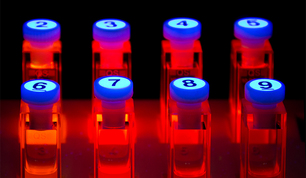- Home
- Topics
- Chemistry and process engineering
- Measuring light efficiency
04/02/2016
How well photoluminescent materials store light and emit it again plays an important role in many areas, for example in light, medicine or display technologies. But how do we measure light efficiency and what sort of applications are there? This image gallery shows the use of the integrating or Ulbricht sphere and photoluminescent substances.
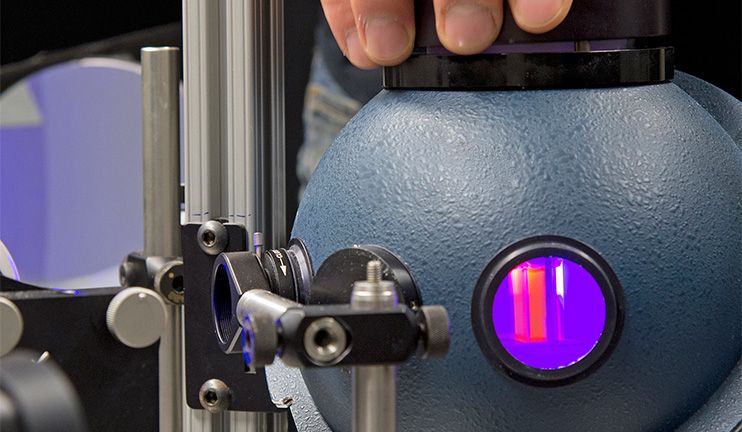
Possible reference materials are tested in the Ulbricht sphere. This involves them being irradiated with a light source.
Source: BAM
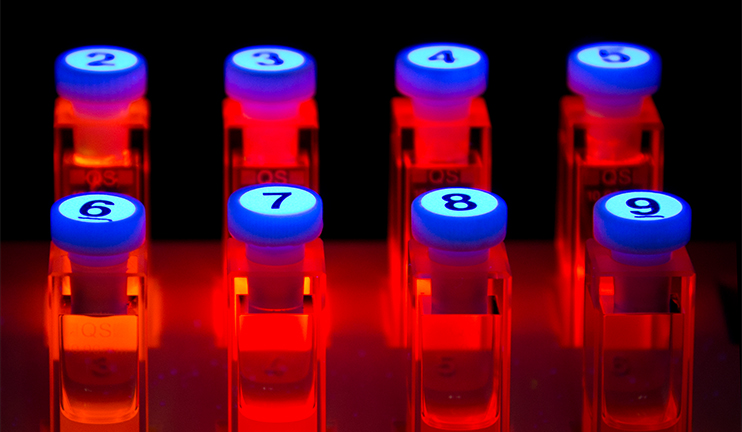
The samples must always be lit under the same conditions and ideally should absorb the same amount of light. The amount of light emitted can then be measured and the efficiency of the substance examined can be given in comparison with the reference material.
Source: BAM
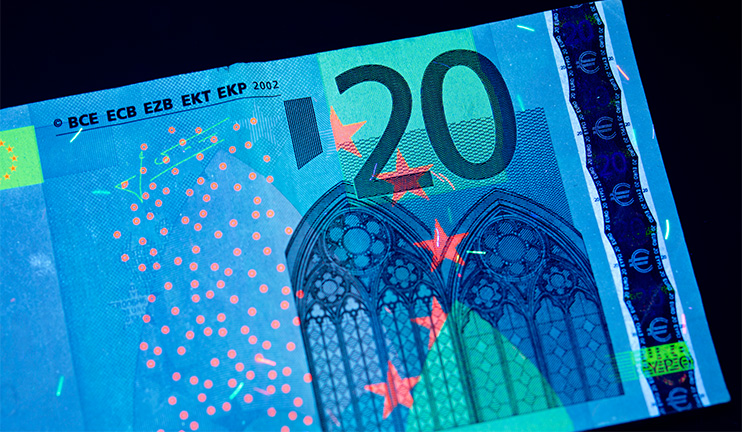
A classic application: under UV light the bank note seems to glow. Photoluminescent substances can be used to distinguish between real and fake notes.
Source: BAM

Photoluminescent substances are used in medical technology in imaging diagnostics to accurately identify diseases such as cancer or gout. The substances need to be highly efficient in order to create the best possible pictures.
Source: Physikalisch-Technische Bundesanstalt (PTB)
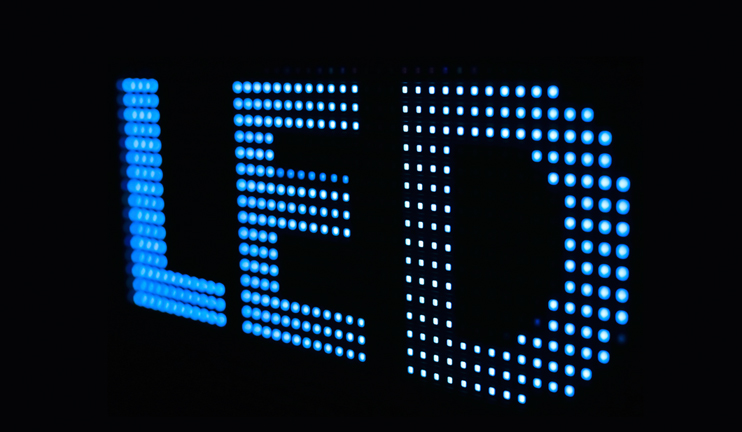
The triumphant march of LEDs cannot be halted. Thanks to highly efficient photoluminescent substances, they are much more energy-efficient than conventional light bulbs.
Source: iStock.com/Tailex

